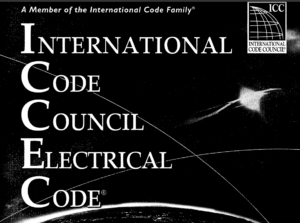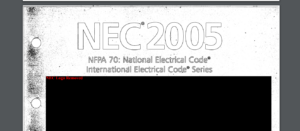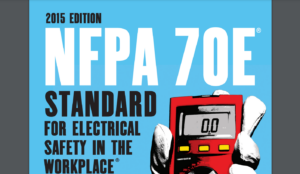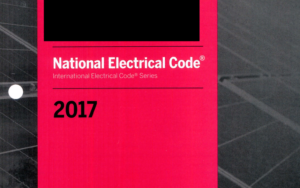The 2014 edition of the National Electrical Code (NEC), sponsored by the National Fire Protection Association (NFPA) since 1911, is a comprehensive guide for safeguarding individuals and properties from electrical hazards. Originating in 1897, the NEC has evolved through collaborative efforts from various sectors. The 2014 edition builds upon amendments proposed in 2008 and revised through public and committee feedback up to 2010. The Code outlines necessary provisions for safety, focusing on preventing electrical hazards without being a design specification or instruction manual for untrained personnel. It addresses installations in buildings, structures, mobile homes, and other premises, but excludes certain installations like those in ships and mines or under exclusive utility control. The NEC is advisory but widely adopted for legal and regulatory use, assisting in insurance underwriting, building management, and product testing. It emphasizes the need for initial adequate installation and future-proofing electrical systems for increased demand. The Code is structured into nine chapters, with the first four covering general rules and the rest focusing on specific conditions and equipment. It provides mandatory and permissive rules, along with explanatory materials, to guide compliance and ensure safety. Furthermore, it incorporates international standards, highlighting its global applicability. This edition also includes usability features like shaded text to indicate changes and dictionary-style headers in the index to enhance user experience.
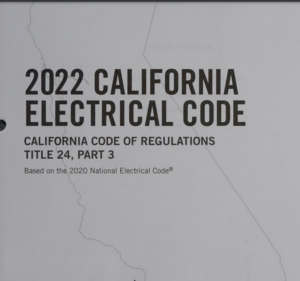
2022 California Electric Code Title 24, Part 3
The 2022 California Electrical Code establishes comprehensive safety standards for electrical installations, ensuring a harmonious balance between innovation and compliance within California’s diverse architectural landscape.

